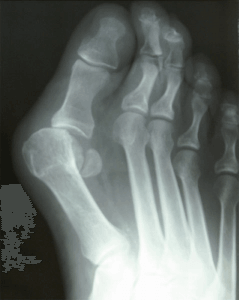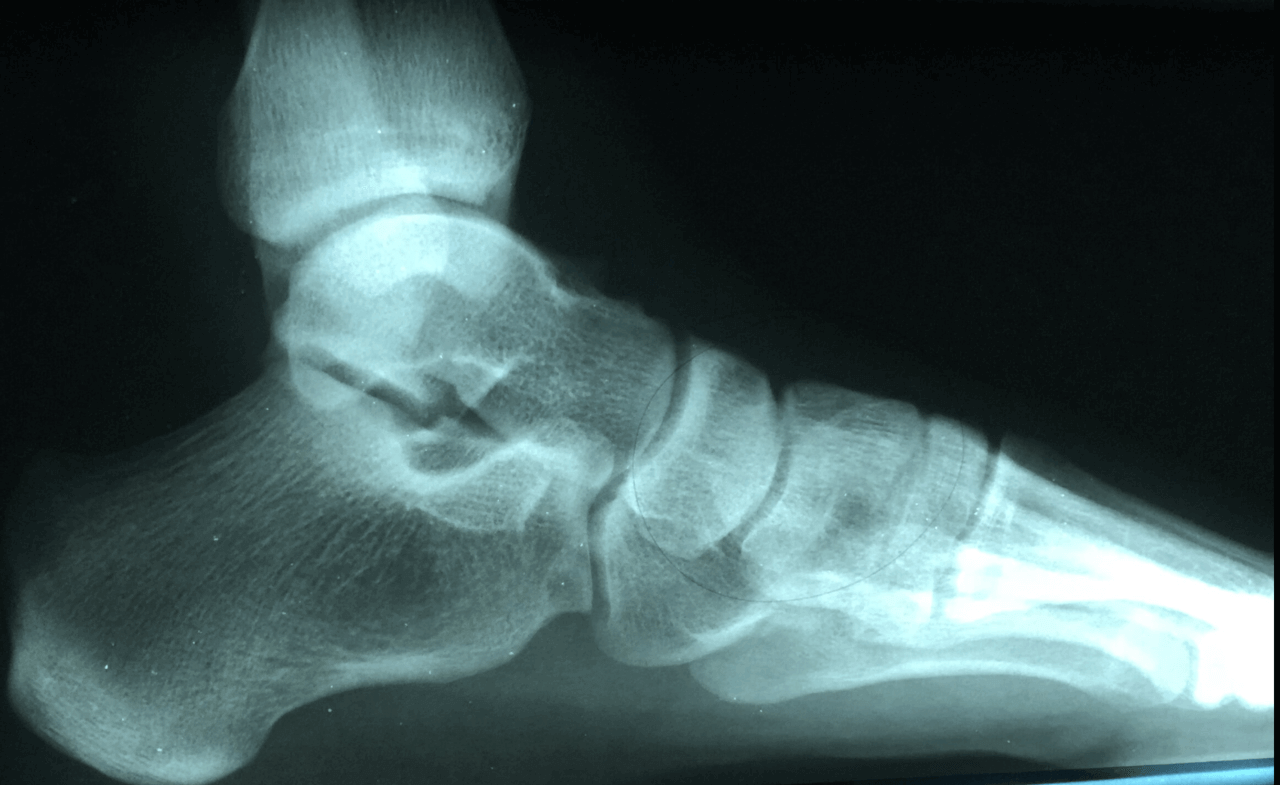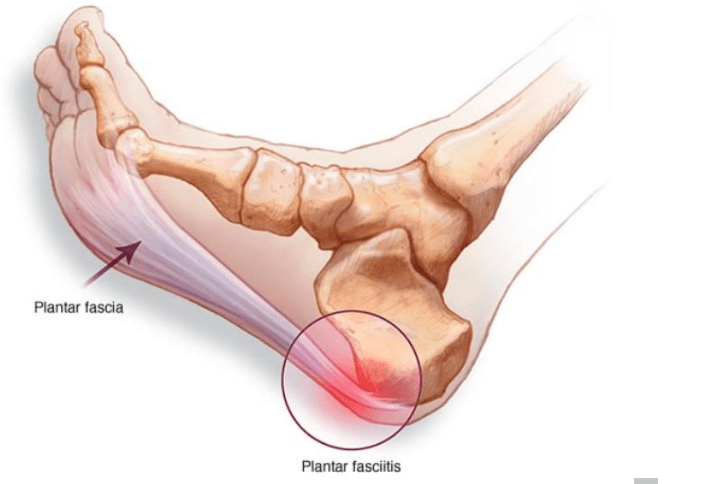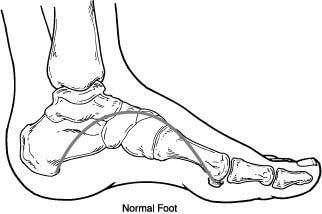heel pain
Displaying items by tag: heel pain
Dr Brandon Nelson, a Board Certified Physician and Surgeon, Discusses Numbness and Tingling of the Foot

Burning pain in the feet can be quite common for diabetics or people with what is called neuropathy. This is a condition that occurs when our nerves have some dysfunction. There are quite a few causes of neuropathy but the most common is diabetes. Diabetes can result in high levels of sugar in our blood that then causes irritation or damage to our nerves. The nerves involved are usually the nerves in our hands or feet, the peripheral parts of our body, hence the term peripheral neuropathy.
Tingling is another sign or peripheral neuropathy. Often times it feels similar to hitting your funny bone and can progress as time goes on. I recommend anybody with these symptoms should be evaluated and tested for nerve problems. A test I often order is called EMG/NCVs. These test will allow one to see if the numbness or tingling is coming from your nerves.
Treatment can usually begin right away and have dramatic effects. I like to use an FDA approved laser, that has zero side effects, in combination with a nerve supplement and infra-red light. I have had patients experience 80-90% improvement in symptoms. If you are suffering from neuropathy, fibromyalgia or burning and tingling in the feet we can help.
Give us a call today at 425-391-8666 or make an appointment online.
Dr. Timothy Young, Board Certified Foot Surgeon Discusses Surgery for a Bunionette or Tailor's Bunion Surgery

A tailor's bunion is a problem, or the fifth metatarsal and the fifth metatarsal head protrude laterally or to the outside of the foot. This causes pressure and pain especially with shoes ski boots etc. This is usually a structural problem. The fifth metatarsal tends to angle outward away from the adjacent fourth metatarsal. Sometimes it is a simple problem and it's just enlargement of the head of the fifth metatarsal. From a surgical perspective this can be treated by surgically shaving down the bump. This tends to be a much quicker recovery.
This would involve the incision, surgically incising the joint capsule then shaving down the bone and using a surgical orthopedic burr to smooth that down area. After the bony prominence has been smoothed down and reduced the wound is flushed and the layers including the capsule subcutaneous layer and skin are all surgically repaired and sutured. This tends to be a quick recovery it can be as short as 3 weeks in a cast boot.
Give us a call today at 425-391-8666 or make an appointment online today.
My Heel is Sore All the Time!

Heel pain continues to be the most common reason a person visits the foot and ankle doctor or podiatrist. For us it constitutes about 1 out of every 4 patients and is one of the most important things we treat. We specialize in heel pain and have seen tens of thousands of patients for it. Our success rate with conservative measures to get rid of heel pain is close to 99%, very few people require surgical intervention.
Plantar fasciitis continues to be the number one cause of heel pain. Most people will get pain first things when they get out of bed in the morning or after standing for long periods. It is common for some with fasciitis to not have morning pain. There also is a correlation with a new exercise program and the development of plantar fasciitis. I always recommend getting in early to see us as it is much easier to treat early on.
Bursitis is another very common cause of heel pain. We often see this in a high arched foot or a runner. Patients will have symptoms like plantar fasciitis but usually on ultrasound we can see the bursal sack. Bursitis usually responds very well to the treatment program we provide and very few people need to sideline their activities.
Nerve entrapments can also create heel pain. This is usually a nerve called Baxter’s nerve. Most people will experience a lot of burning and tingling with this condition. However, this can be a tricky diagnosis and may require special testing. This condition can respond well to a steroid injection adjacent to the nerve.
If you are experiencing heel pain we are here to help give us a call at 425-391-8666 or make an appointment online today.
Dr Brandon Nelson, A Board Certified Physician, Discusses Morning Heel Pain

Moring heel pain is extremely painful and can cause quite a disruption to your daily routine. It is not only uncomfortable but also can become emotional upsetting to start one’s day with pain. It is estimated that about 60-70% of adults will experience this at some point in their life and it can last months without treatment.
The pain is one’s heel is usually related to inflammation of your plantar fascia. Your plantar fascia provides structural support to your foot and is activated when you walk. It runs the entire length of your foot and starts at your heel and continues to your toes.
Treatment of morning pain usually starts with stretching and icing. I recommend using a theraband or a belt to stretch before you get out of bed. Massage is another option and icing can provide help with the inflammation. It is important to consult a physician before beginning your treatment as not all heel pain is plantar fasciitis.
Dr Timothy Young Talks About Tight Calves and Foot Problems

Dr Timothy Young Talks About Tight Calves and Foot Problems
As mentioned, the mechanical load on the foot from the calf and ultimately the Achilles is tremendous. So, with equinus ( a tight calve and or Achilles) there are many problems. Think of a woman who wears high heel shoes every day for many years and over time the calf gets less flexible. Now with that tight calf, her gait has changed. As she walks, with each step going forward that tight calf pulls, and her heel comes off the ground early. Early heel off with gait leads to early transfer of weight and force to the front of the foot. Over time, this extra pressure on the front of the foot can cause problems. This is like the childhood toewalker, but with adult body size and weight.
If you are experiencing any foot or ankle pain, give us a call today at 425-391-8666 or make an appointment online.
Dr Brandon Nelson, A Board Certified Surgeon, Discusses How To Get Rid Of That Morning Foot Pain

It is common for patients to come in the office and relate pain in the morning or right when they get out of bed. This can be a challenging way to start your day and can lead to chronic foot pain. Most patients describe the pain as a bruised feeling to the heel or a tightness with pins and needles. This can go on for months and become chronic. The most common cause of this type of pain is Plantar Fasciitis. Plantar Fasciitis is an inflammation of a supporting band of tissue on the bottom of the foot. The Plantar Fascia is essential for normal foot function and when it is inflamed daily tasks can be overwhelming.
Morning pain is one of the most common signs of Plantar Fasciitis. The reason behind this is while you sleep your Fascia and Achilles Tendon have a chance to relax. With this relaxation both structures begin to tighten up. This tightening up leads to stiffness when you first step on your foot. One can really help this by exercising their foot before getting out of bed. I recommend writing the alphabet with your foot and stretching with a theraband.
If your pain continues for more than a week an appointment is essential. Give us a call at 425-391-8666 or make an appointment online today.
Dr. Brandon Nelson, A Board Certified Foot & Ankle Physician, Discusses Heel Pain

Heel pain has a variety of causes and can be challenging for many patients. Most patients with heel pain describe it as a dull ache, or a bruised sensation but some have tingling and burning. The main causes of heel pain are plantar fasciits, bursitis and nerve entrapments. Sometimes there are overlapping symptoms and some patients even have multiple causes.
Plantar fasciitis is by far the most common cause of heel pain. It presents as pain when you get out of bed, or first step pain and often gets a little better as the morning goes on. However, typically the pain returns every time you stop and sit and then get back up. Plantar fasciitis usually feel like a bruise to the bottom of the foot.
Bursitis, or bursal sack formation is usually found in people with a high arch. The bursa forms to help cushion the foot and is important in situations where a heavy heel strike occurs. Many times you can feel the soft bursa, or what seems to be a bubble under the heel.
Nerve pain and entrapments can occur do to anatomical constrictions in the foot or the ankle. These are often the hardest to diagnosis and can cause a myriad of symptoms. However, the most common are burning and tingling.
If you are suffering with heel pain we can help get you pain free. Heel pain is the most common pathology we see and are treatment protocols work quickly and effectively. Do not suffer for the summer make an appointment so we can help.
Give us a call at 425-391-8666 or make an appointment online today.
Dr. Brandon Nelson, a Board Certified Physician and Surgeon, Discusses the Best Treatment Option to Stop Heel Pain Quickly and Forever

The weather is changing and I find myself spending more time outside. I think we are all feeling a little cooped up after the Northwest winter. I know how important it is for us to all get outside and recharge with some fresh air. The hiking, biking and running options in the Northwest are always abound and they help to provide some create therapy for our minds and our souls. I see an increase in patients that come in the office this time of year for heel pain and I want to help my patients get back out there as soon as possible and pain free.
The most common cause of heel pain is plantar fasciitis and it can be very difficult to exercise with this condition. I encourage anybody suffering from heel pain to come see a foot and ankle physician quickly as this will speed up the process of getting better. I see a direct correlation with how long the symptoms have been present and the time it takes to get relief. Additionally, there are many other causes of heel pain that can be complicated by waiting to see your doctor.
Plantar fasciitis typically will present with pain in the morning or pain after you get out of bed. It usually gets better as you stretch and walk and returns any time you sit down or are off your feet. Most patients describe a bruised like sensation and often think they have stepped on something that has started this process.
The current most effective treatment that we have to offer has almost a 100% success rate. In the past some patients would not get better despite conservative treatment options and would require surgery. This rarely happens now at our clinic as heel pain is the most common pathology we see. We have spent years developing and tracking our treatment success and now have perfected the most successful conservative treatment option available. The majority of patients we see will be 100% in less than 3 weeks and never experience heel pain again. Do not go into summer with heel pain let us help.
Give us a call at 425-391-8666 or make an appointment online today.
Dr. Brandon Nelson Discusses When To See A Doctor If You Have Heel Pain

Heel pain has many causes, however the most common cause for adults is Plantar Fasciitis. Most of us have heard this term at some point in our lives because a friend or co-worker has talked about it. But what is it? The Plantar Fascia is the main supporting network of the foot. It runs from your heel bone all the way to your toes. It is active every time you stand or walk and is very important for normal gait cycles. Since this structure is under chronic strain it can become inflamed and over used. This will typically lead to pain in the morning or a bruised type sensation on the bottom of the heel. Patients will often state they feel like they are walking on a pebble. Plantar Fasciitis left untreated can become extremely painful and debilitating.
So when should you see a doctor. I cannot tell you how many patients I see that have had heel pain for greater than a year. The majority of patients will have tried icing and stretching and continue to have pain. I cannot stress enough that plantar fasciitis is much easier to treat with early intervention. I find it extremely valuable to get in to see your doctor early. This will lead to faster recovery and a better long term outcome. Additionally, they are other causes of heel pain and some of these can create serious long term damage. I think it is best if you have pain for greater than a week it is time to have it evaluated. Once evaluated my average patient has a 50-90% reduction in symptoms in less than 1 week.
If you are suffering from heel pain please give us a call at 425-391-8666 or make an appointment online.
Dr. Brandon Nelson Discusses the Most Effective Long Term Treatment Techniques To Get Rid Of Heel Pain & Plantar Fasciitis For Good

Recent literature has proven that about 10%-20 of American adults will experience heel pain. Heel pain whether it is causes by plantar fasciitis, bursitis or a stress fracture can be challenging to treat. With constant use the foot and ankle rarely have time to recover from the constant pressures of walking. This can make heel pain and plantar fasciitis very difficult for many people.
If you are experiencing pain in the bottom of your foot, especially in the morning it could be plantar fasciitis. Often times patients will describe a bruised type feeling or tightness that loosens up with walking but returns at the end of the day. Some people will feel a numbness or tingling in the foot or even a burning. It is important to have a foot and ankle physician evaluate your foot before initiating treatment.
Treatment for heel pain focuses on finding the underlying causes. The majority of people with heel pain have a tight calf muscle. One of the best long term strategies is to begin a calf stretching program. I like to have my patients stretch 3 times a day and spend a couple minutes on the muscles of the calf. Another great option at home is to ice and rest.
Our clinic Issaquah Foot & Ankle Specialists has one of the most advanced protocols that is based on current research to fix heel pain permanently. The majority of patients we see have a greater than 50% reduction in symptoms in less than 1 week and a long term success rate of almost 98%. We focus on the underlying process that is creating the inflammation and help the body to recover and repair the heel pain. Our methods do not require and period of non-weight bearing and have treated thousands of patients. If you are suffering from heel pain call us at 425-391-8666 or make an appointment online today.



